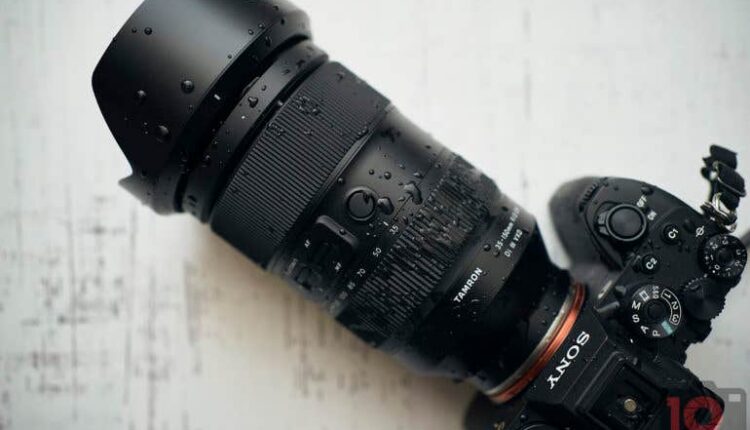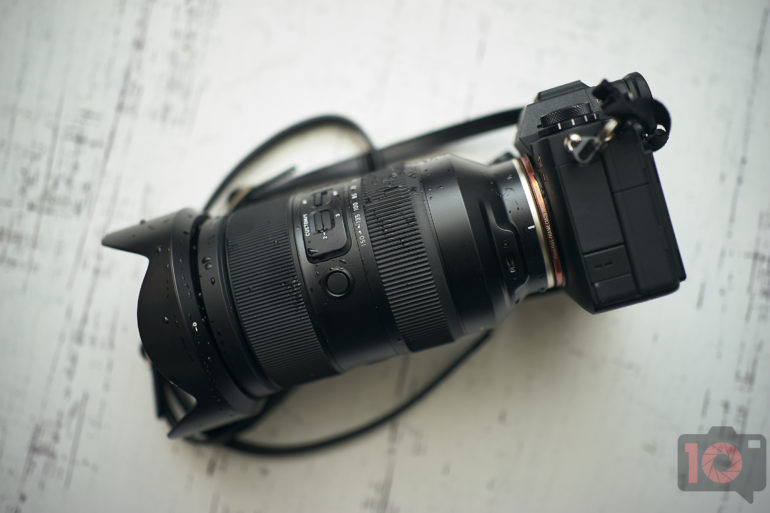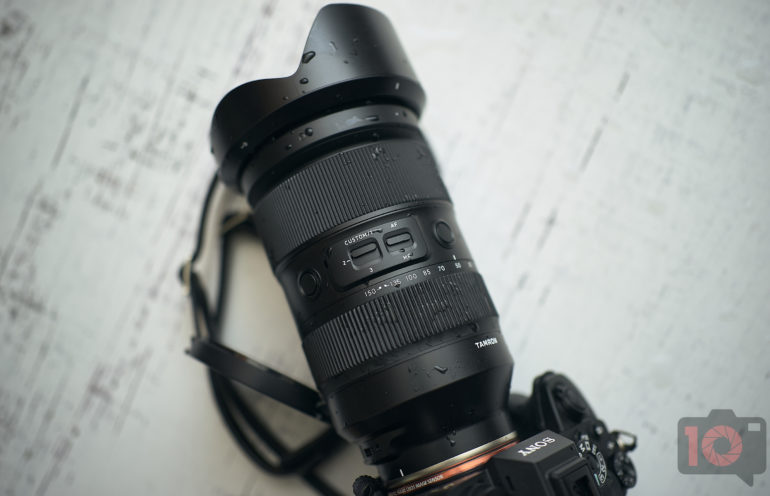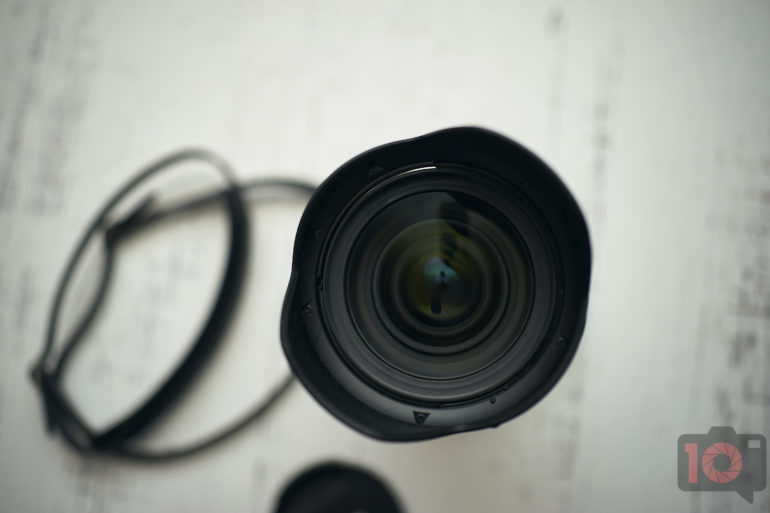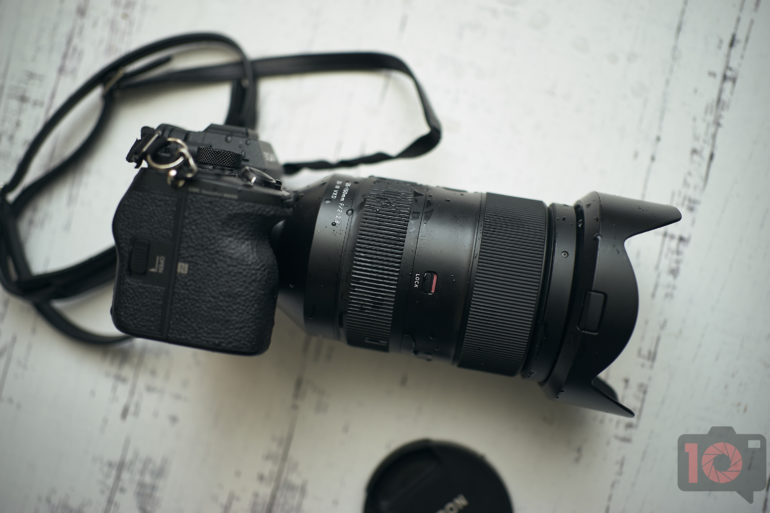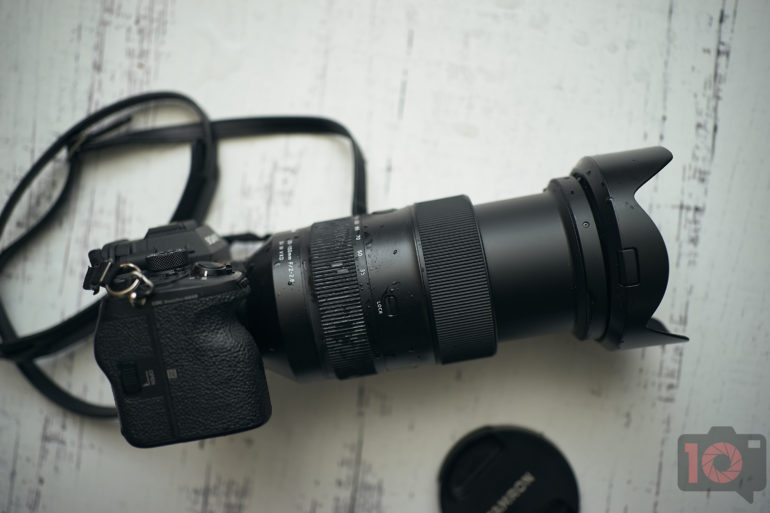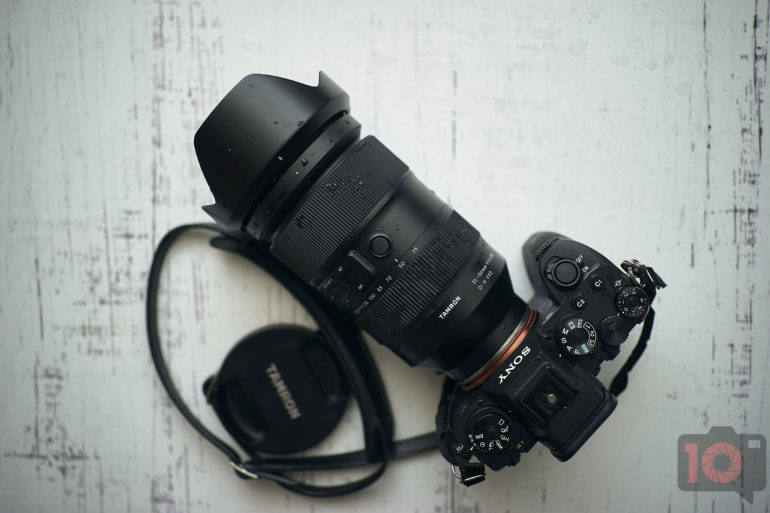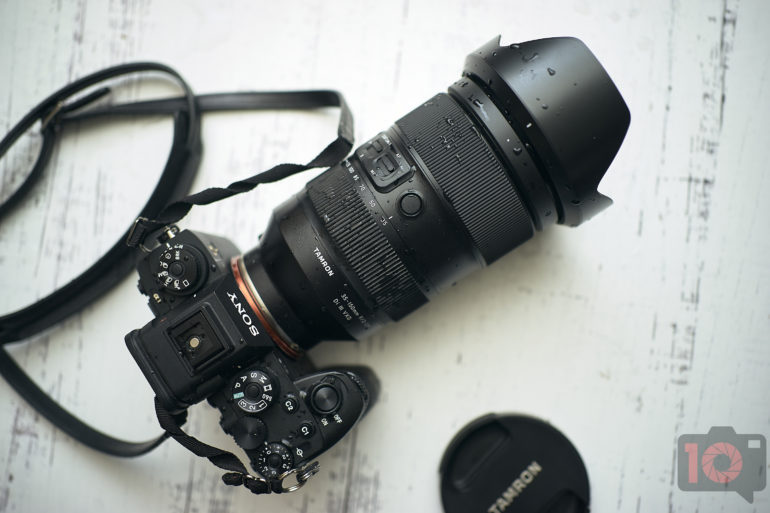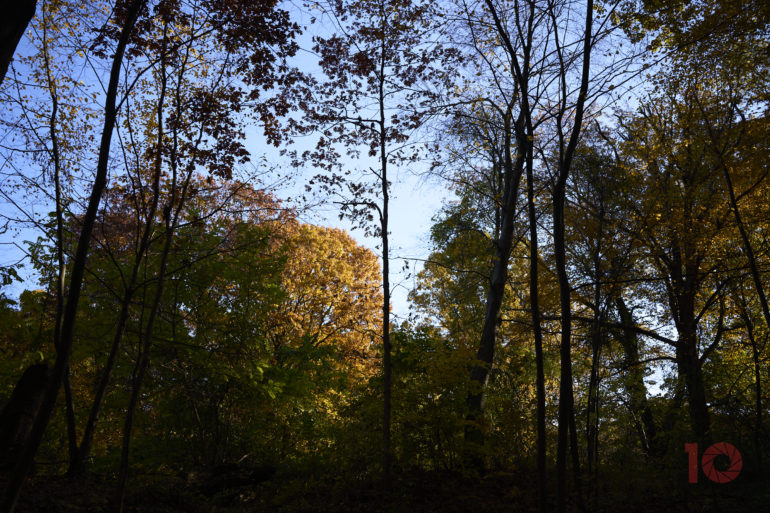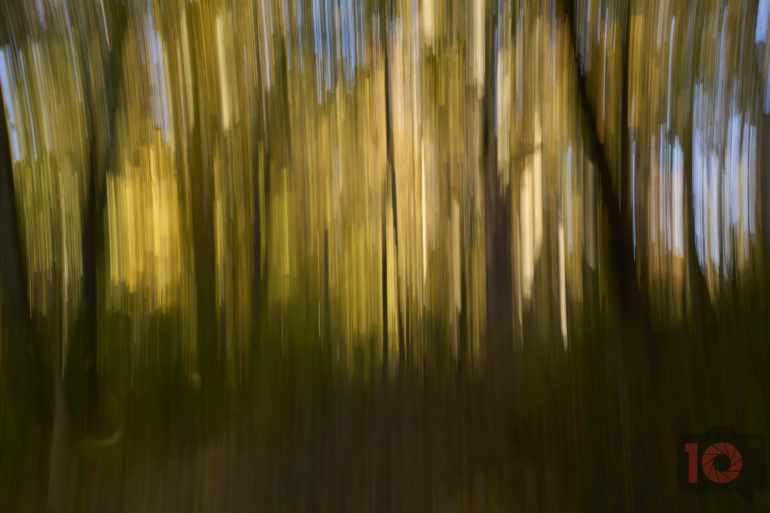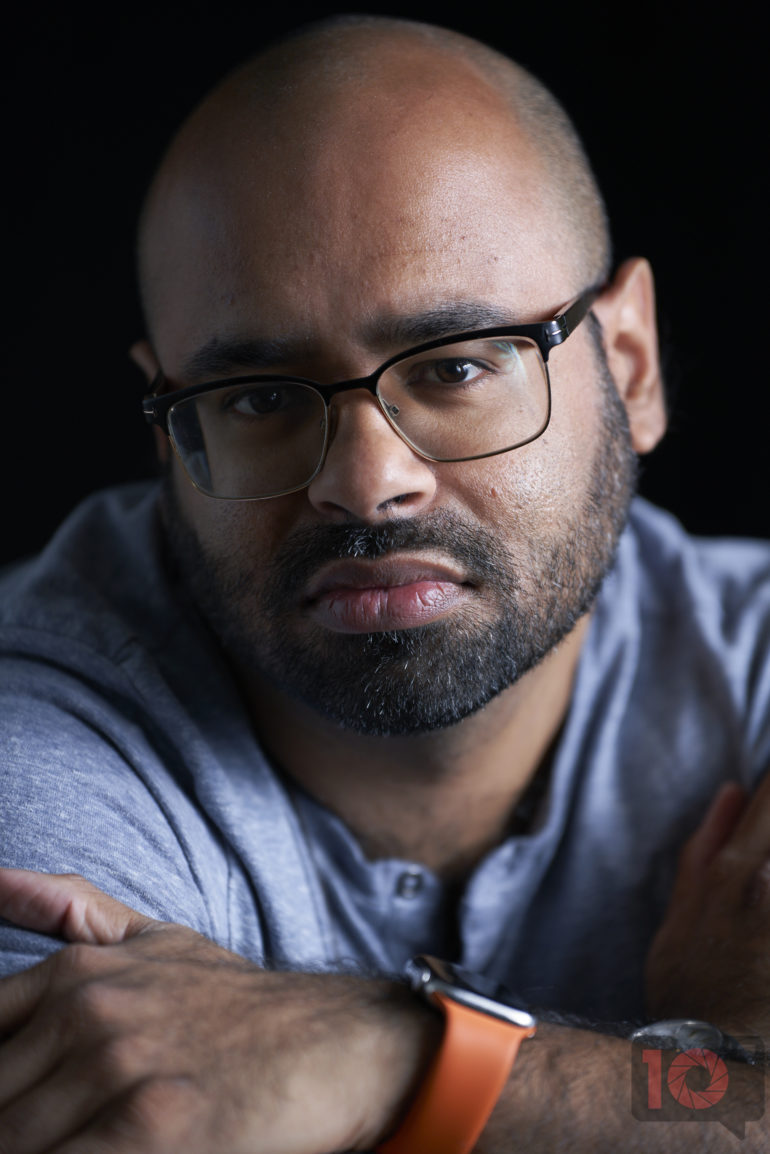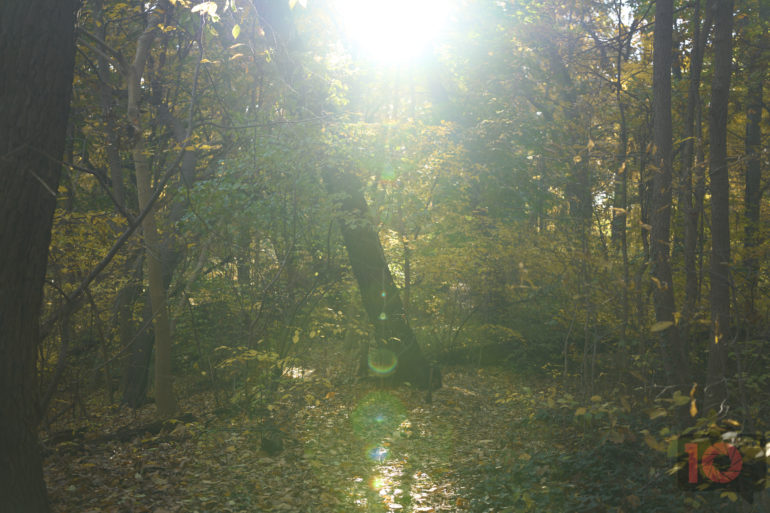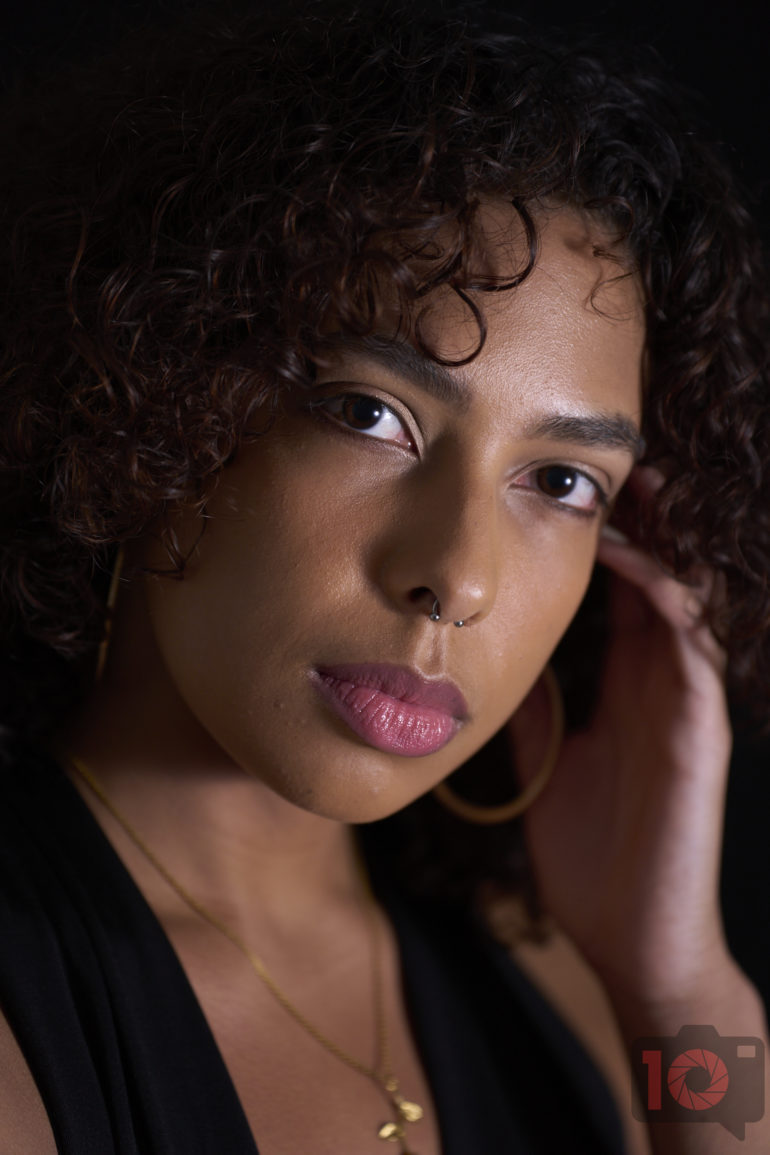©2021 Reporters Post24. All Rights Reserved.
Tamron has cranked up the innovation game really high this time around. The Tamron 35-150mm f2-2.8 Di III VXD does so much that I’m sure other brands will need to study it. While Sigma creates the same things and fumbles around with anything but image quality,
Tamron is killing it. This is the world’s only 35-150mm that starts at f2 and ends at f2.8. It’s weather-sealed, and so too is the USB port built into it for updating the firmware. If you’re a Sony shooter, this could honestly be the only lens you need in your camera bag. This statement is coming from a long-time “prime lens only” photographer. Tamron is seriously making me think differently here.
Editor’s Note: A little while back, we did some sponsored content that involved this lens. Here’s a link to that exact piece. However, this article is our independent review. We’ve used some images from the sponsored shoot that we did because, well, they’re lovely photos! No expenses were paid for by Tamron. And again, this review is not sponsored in any way or form. Our words here reflect authentic thoughts. For what it’s worth, this genuinely is one of the most innovative lenses on the market. This article is also being written by the founder and Editor in Chief of this website. Advertisers know they’re not allowed to touch our reviews, except for factual inaccuracies. For the record, we’re rarely wrong.
Too Long, Didn’t Read
When you first hold the Tamron 35-150mm f2-2.8 Di III VXD, you realize it’s the most solid lens they’ve made for mirrorless cameras so far. It focuses incredibly fast and offers innovations that other lenses don’t. This is a perfect lens for anyone who shoots portraits, events, landscapes, photojournalism, etc. If you’re a working photographer shooting with Sony, this is arguably the only lens you need.
Pros and Cons
Pros
- Beautiful image quality
- Works with Sony’s autofocus algorithms on the Sony a1
- Weather sealing
- One of Tamron’s most solidly built lenses to date
- Integrated USB port
- Lightweight for what this is; a very innovative lens
- Feels great in the hands
- F2 aperture to start is nice!
- Works very well on older Sony cameras if you’re using the appropriate autofocusing type
- Can do pretty well in continuous autofocus
- I adore that this isn’t one of Tamron’s sharpest lenses because it means that I don’t have to spend a ton of time retouching every pore
- $1,899 isn’t too bad of a price
Cons
- Slower to focus on moving subjects with the a7r III, but not by much. It’s noticeable if you’re a seasoned and trained reviewer. Make sure you’re using the appropriate focusing type.
- A tad heavy
- Someone is bound to complain about the lack of image stabilization. But I’d argue to hold the damn lens correctly in the first place and control their breathing.
Gear Used
We tested the Tamron 35-150mm f2-2.8 Di III VXD with the following:
- Sony a1
- Sony a7r III
- Sony a7
- Profoto B10
- Westcott 7 foot umbrella
Tech Specs
The following tech specs are borrowed from the LensRentals listing.
| Angle of View | Diagonal 63° 26′- 16° 25′ (for full-frame mirrorless format) |
| Aperture Blades | 9, Rounded |
| Aspherical Elements | 3 |
| Autofocus | Autofocus |
| Brand | Tamron |
| Compatibility | Full Frame |
| Filter Size | 82.0mm |
| Focal Length | 35.0-150.0 |
| Groups/Elements | 15/21 |
| Hood Included | Yes |
| Image Stabilization | No |
| Item Type | Lens |
| Length | 6.2″ |
| Lens Type | Telephoto |
| Low Dispersion Elements | 4 |
| Max Aperture | 2.0 |
| Maximum Magnification | 1:5.7 (Wide) / 1:5.9 (Tele) |
| Mfr. Model Number | A058 |
| Minimum Aperture | 22.0 |
| Minimum Object Distance (M.O.D.) | 13″ (0.33m) (Wide) / 33.5″ (0.85m) (Tele) |
| Mount | Sony E |
| Weight | 2.6 lbs. |
Innovations
Where to start? The Tamron 35-150mm f2-2.8 Di III VXD is the only lens on the market that begins with an f2 aperture and goes down to f2.8. Tamron has a similar lens for DSLRs that starts at f2.8 and stops down to f4. But obviously, this one is a full stop faster. Tamron has also done a world’s first with building a USB port into the lens directly. This port is sealed the same way one is on a phone. That means you can get rid of the dock to update the firmware. With this lens, you don’t necessarily need a 28-75mm and a 70-180mm lens. Instead, you’ve got one lens to do everything you’d realistically need to do. It’s brilliant.
Ergonomics
Here’s the Tamron 35-150mm f2-2.8 Di III VXD. This product shoot was purposely done with the lens being splashed with water. It goes to show how durable it is. It’s characterized by a plastic body first and foremost. Then there’s also the zoom ring and focusing ring. These will help with grip, of course. The zoom ring is in the back.
There are indeed a few controls. There are two custom function buttons on this lens. Plus, there is the focusing switch and the custom setting switch. I didn’t use the custom setting switch. Closer to the mount, you can spot the USB port.
Here’s a closer look at something Tamron calls the Switch Box on their website. There is no focusing distance scale, of course. And with a zoom lens, I’d expect there not to be one.
This lens has an 82mm front filter thread. It’s the largest of any Tamron lens that I can think of. But there’s, again, a lot of innovation happening here.
On the side is the lock that keeps the lens compact when it’s in your camera bag.
Here’s how big the lens gets when you’re fully zoomed in. Yes, it’s an externally zooming lens.
Build Quality
The Tamron 35-150mm f2-2.8 Di III VXD is weather sealed. Tamron sometimes likes to be conservative on this issue with specific words like dust and moisture resistance. But seriously, look at these product shots. It kept working even after this shoot. This lens is terrific in terms of build quality. At one point, we took it out into a slight rainfall and it kept working without issue. It also survived being banged around against a forest log, in a photo studio, etc. I can’t really hate on the durability.
Where someone is bound to complain, though, is about the weight. My new thing when someone says that a lens or a camera is heavy and they’ve got evident brand loyalty is to respond with a cheeky, “No, you’re just weak.” It’s a bit heavy, and that’s because it’s a large lens. There’s good reason for the heft. There is no other lens like this on the market. If someone complains about the weight, then they can stick to small primes. But the weight here is akin to some of Sigma’s prime lenses, like their 35mm f1.2. (That lens made me not like Sony bodies.) The Tamron 35-150mm f2-2.8 Di III VXD is 0.2lbs heavier, which is very negligible. Compared to that lens’ 5.4-inch length, this is 6.2 inches. And you’re also not stuck at one focal length. More importantly, it’s got much swifter autofocus, a variety of focal lengths to work with, and the USB dock built into the lens.
In the end, I’d much rather have the innovation and not be stuck at a single focal length while having to bring other lenses with me. This single lens does everything I’d ever need.
Ease of Use
Overall, the Tamron 35-150mm f2-2.8 Di III VXD is pretty simple to use. Essentially, you’d want to mount it to the camera, point, focus, and shoot. But it can get more complicated. It’s got a few switches on it. And honestly, I don’t even know what the three-way switch does. Then there’s manual focus/autofocus. Plus, there are customizable buttons on the lens. For the most part, though, I did everything through the cameras I used. I’m pretty confident most people will, too for the type of work they do.
Someone is bound to complain about the lack of image stabilization. But the truth is that if you just hold the camera and lens correctly, the camera will compensate just fine. Mix into this the reciprocal rule of shutter speeds and the effects of flash duration, and you’ll be just fine.
Also, for what it’s worth, the lack of image stabilization makes it easier for me to do my favorite thing: create painterly photos with intentional blur. I adore doing these because they’re creative, and it’s a complete slap in the face to those that care only about pixel peeping. Life is too short to be sweating the most minor and minute details of something. Tamron is looking at the bigger picture here, and that’s important.
Autofocus
I ran into some user errors with the Tamron 35-150mm f2-2.8 Di III VXD. On the Sony a7r III, it was focusing inconsistently at first. This immediately made me think that Sony was pulling a Canon and stifling third-party products. But instead, I realized that I was focusing on humans while using the animal A.F.F. setting. Lesson learned, really make sure that your camera is in the correct subject detection. After that happened, the Sony a7r III and the Sony a1 had nearly imperceptible autofocusing speed with this lens. They tracked quickly, accurately, and satisfactorily. Better yet, they did this in both good and low lighting.
Trust me, nothing hits harder than going into the menu settings and having your assistant and the model laugh at you because you realize that you were shooting in animal detection the entire time.
I can’t complain about the autofocus here. It’s pretty much just as good as a Sony lens. And you can trust us on that statement; we’ve reviewed the most SonF.E.F.E. lenses of any photography-specialized outlet.
Image Quality
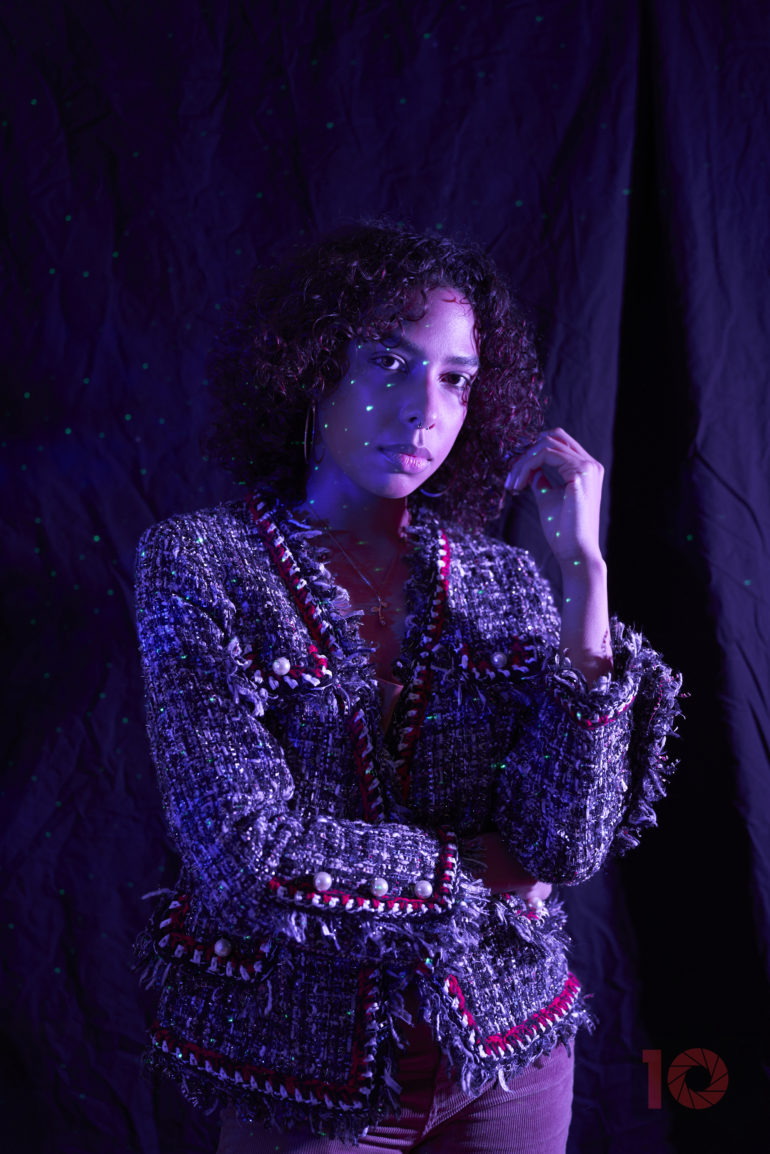
Let me tell you, this lens may seriously replace all my Sony prime lenses. I own the Sony 35mm f1.8, 55mm f1.8, and 85mm f1.8. But with the Tamron 35-150mm f2-2.8 Di III VXD and the 17-28mm f2.8 together, I’ve got an entire workable range. Yes, I adore Sony’s small and lightweight primes. But truthfully, I almost rarely shoot with my Sony cameras; I end up reaching for my Canon, Leica, and Fujifilm cameras instead. Those systems just have more character and less clinical technicality. But Tamron has always had its own look.
Bokeh
This lens has nine aperture blades. But everyone that I’ve shown photos to hasn’t complained at all. Sure, Sony has 11 aperture blades on competing lenses. However, the bokeh here is still gorgeous. My Sony a7r III has a custom color profile that I use to make lenses less sharp and the colors nicer. It kind of looks like film. Tamron lenses make those colors stand out even more, and they work with the bokeh effectively to make subjects just pop out from the background.
Color Rendition
The first time Tamron’s colors really hit me was when they came out with their 35mm f1.8 and 85mm f1.8 for DSLR cameras. The colors from the Tamron 35-150mm f2-2.8 Di III VXD hit me pretty much as hard. But the colors here are a bit more muted. I adore that. And it’s also so much more important for anyone shooting portraits.
Lens Character
I didn’t have issues with distortion fringing. But what I ABSOLUTELY LOVE about this lens is that they didn’t try to negate all lens flare. Yes, you can get a lens flare. And that’s very important to portrait photographers. I tested this with the lens hood on and off. And I adore the lens flare I can get. The scene above reminds me of something I’d probably see in the Lord of the Rings. And how can you complain? More importantly, why would you complain? It means you don’t need to spend hours and hours in editing to get the lens flare look. If you really want to get rid of it, then just adjust your angle a bit.
Sharpness
Oh yeah, this is a sharp lens. I suspect that most photographers would probably never stop it down. But if you do, then it will just get sharper. We’re pleased with it wide open, though. Combined with Profoto’s excellent lights, you’ll get specular highlights galore. Again, we don’t condone pixel peeping as no client will sit there and pixel peep. And rightfully so, photographers shouldn’t either.
Source: www.thephoblographer.com


